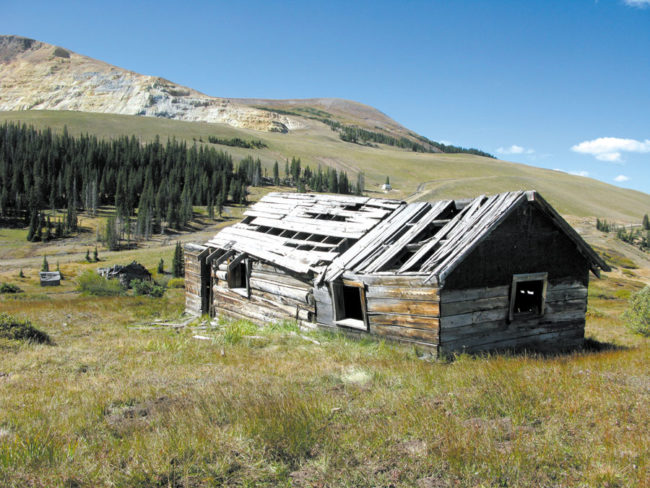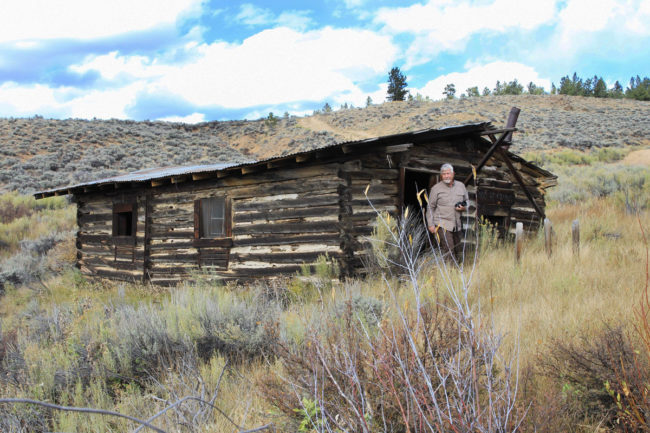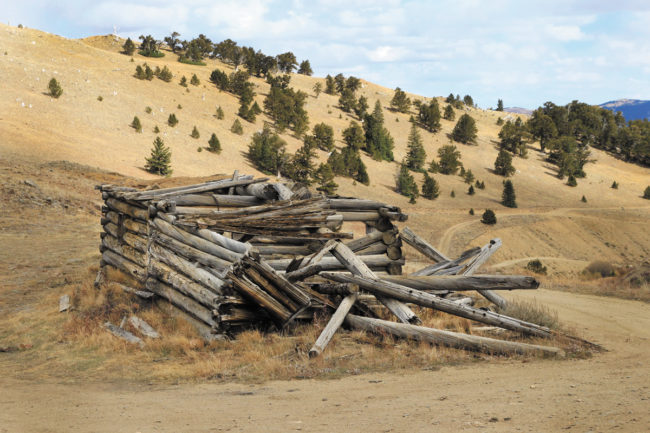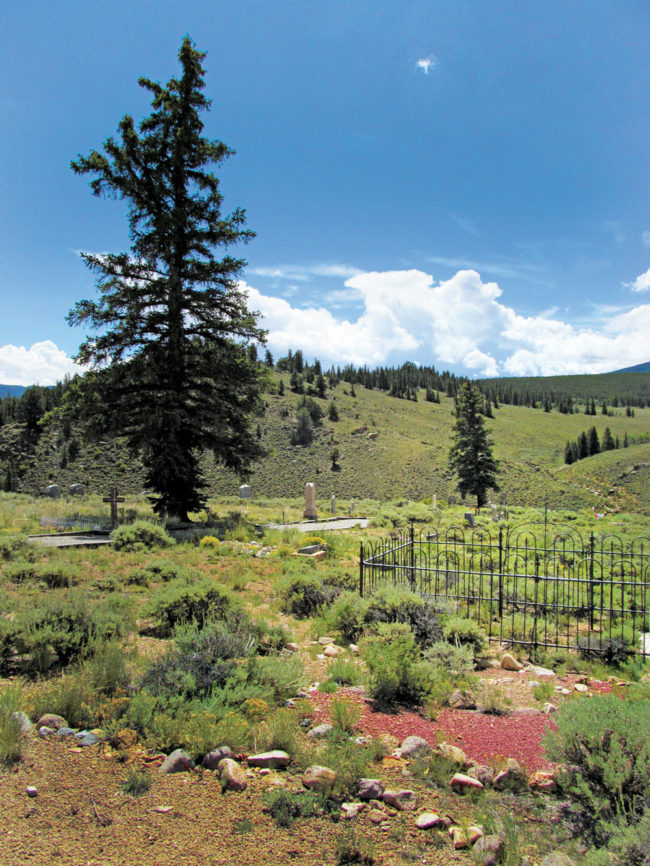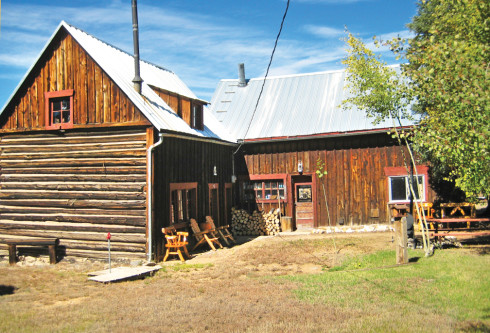By Kenneth Jessen Editor’s note: Salida’s been making quite a few top 10 “Best Town” lists over the past few years, much to the chagrin of a few locals. We thought it would be fun to turn the table and list the worst Colorado towns of 100 years ago. We’ve listed them as worst for a number of reasons you’ll find as you read further. The first five towns have been chosen by author Kenneth Jessen. Part two, coming in April, will list the second five towns as determined by author Jan MacKell Collins. Calling these towns the worst may…

